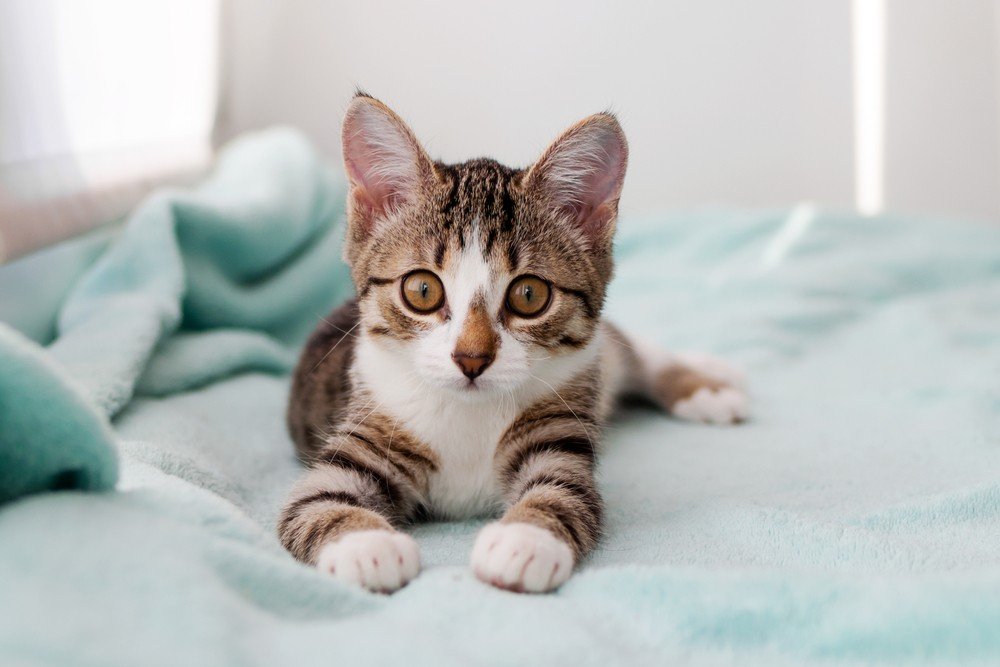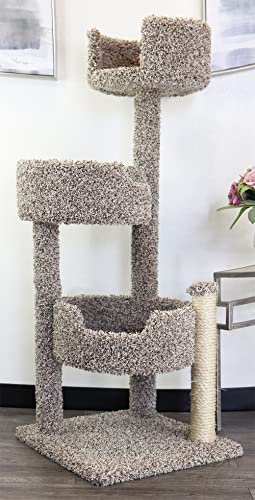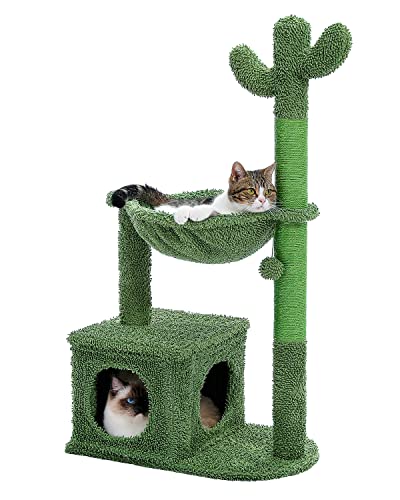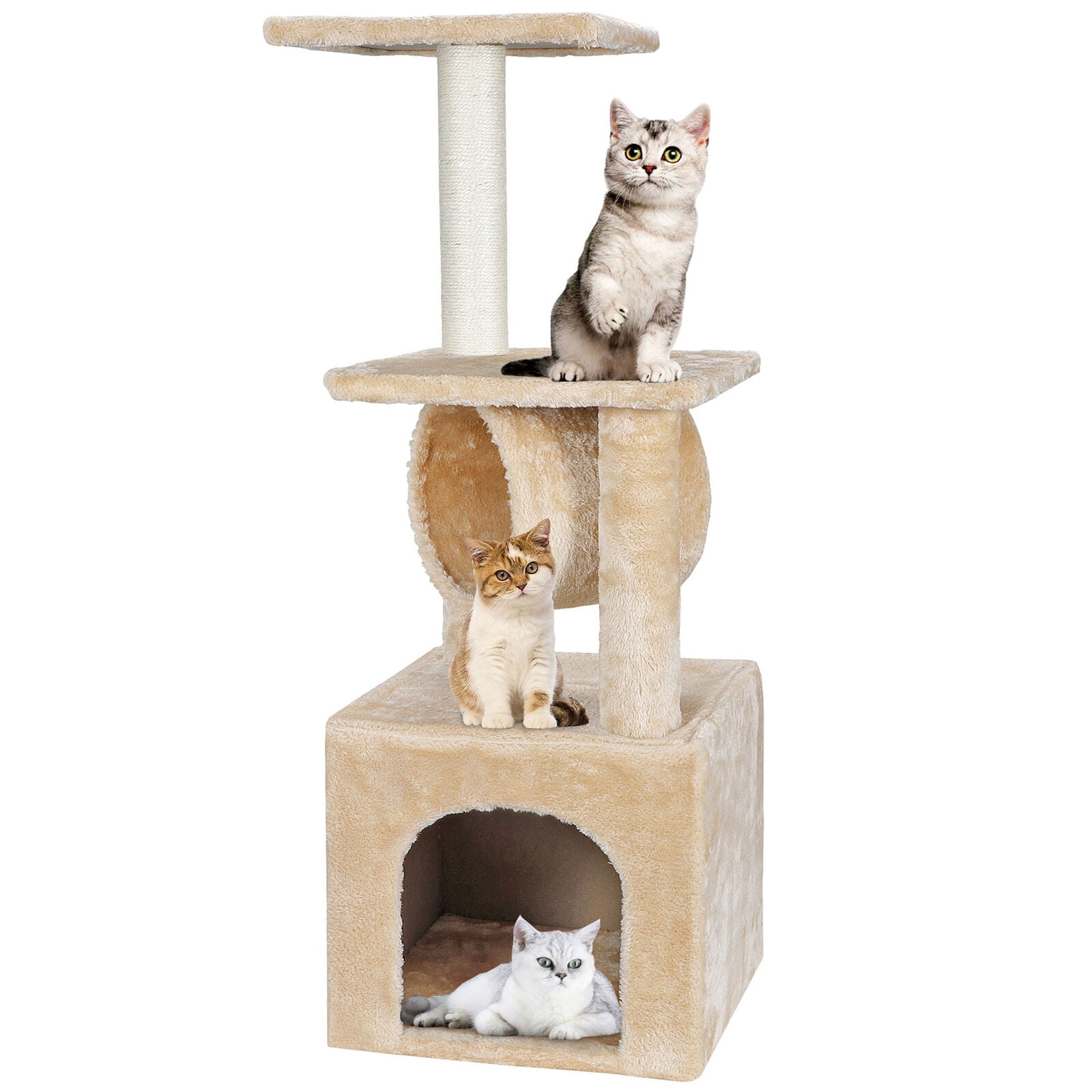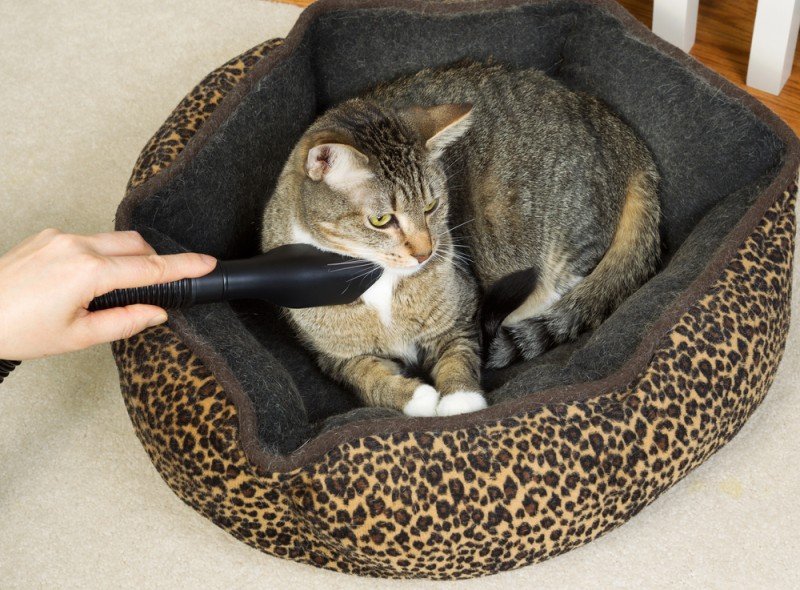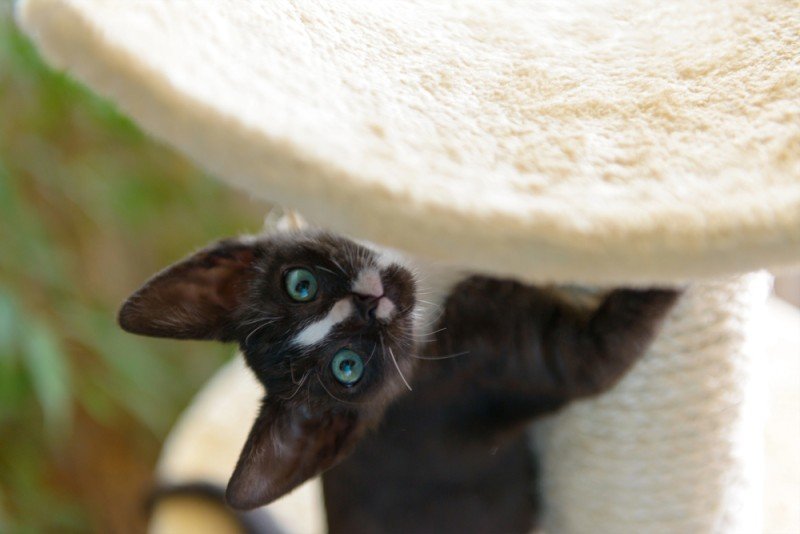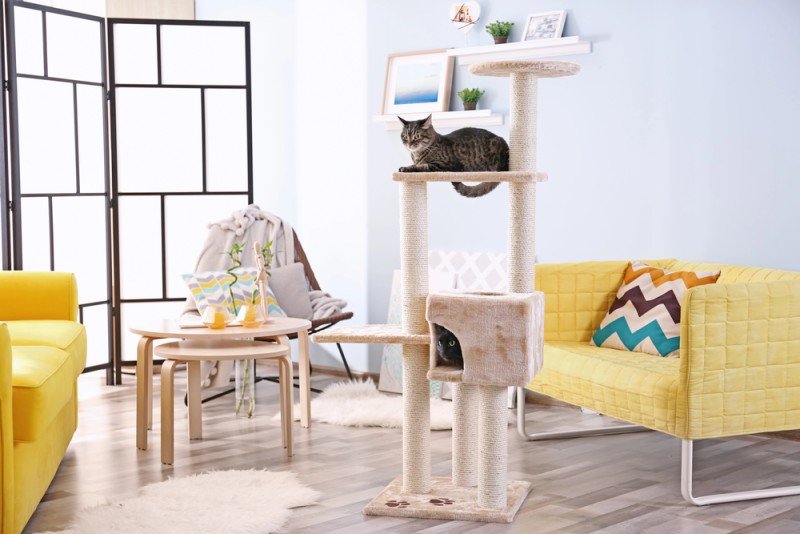Essential Tips and Tricks for Cat-Proofing Your Home
Bringing a new feline friend into your home can be an exciting and rewarding experience, but it also comes with the responsibility of ensuring a safe and cat-friendly environment. Cat-proofing your home is crucial to keep your furry companion protected and prevent any potential accidents or hazards. Here are some essential tips and tricks to help you create a secure and enjoyable living space for your beloved cat:
1. Secure Windows and Balconies
Cats are naturally curious animals, and if left unsupervised, they may venture near open windows or balconies, which can pose significant risks. Make sure all windows and balconies have secure screens or safety nets installed to prevent any potential falls or escapes. This will allow your cat to enjoy fresh air without any danger.
2. Hide Electrical Cords
Cats are known for their curious nature, and electrical cords can be intriguing to them. To protect your cat from electrocution or potential choking hazards, hide or secure all electrical cords out of their reach. You can use cord covers or plastic tubing to keep them safely tucked away, making your home both cat-proof and visually appealing.
3. Store Chemicals and Toxic Plants Away
Many common household items, such as cleaning products and certain plants, can be toxic to cats if ingested. Store these substances securely in closed cabinets or high shelves that your cat cannot access. Additionally, research which plants are toxic to cats, and remove them from your home or place them in unreachable locations.
4. Create Vertical Spaces
Cats love to climb and explore their surroundings. By providing them with vertical spaces, such as cat trees or shelves mounted on walls, you can redirect their climbing instincts and keep them off furniture or other items you want to protect. Vertical spaces also give them a sense of territory and a place to retreat and observe their environment.
5. Secure Trash Cans
Trash cans can be a treasure trove of potentially hazardous materials and choking hazards for a curious cat. Invest in cat-proof trash cans with secure lids or place them in cabinets that your cat cannot open. This will help prevent your feline friend from rummaging through the trash and getting into trouble.
6. Use Childproof Latches
Just like with young children, childproof latches can be useful in keeping certain areas off-limits to your cat. Install them on cabinets where you store household cleaners, medicines, or other potentially dangerous substances. This adds an extra layer of protection and ensures that your cat cannot accidentally get into these areas.
7. Consider Eliminating Hazards
Walk through your home with a vigilant eye and identify any hazards that could potentially harm your cat. Secure loose wires, remove small objects that could be swallowed, and place breakable items out of reach. By minimizing potential dangers, you can provide a worry-free environment for both you and your beloved feline companion.
Remember, cat-proofing your home is an ongoing process. Cats are intelligent and resourceful creatures, so regularly assess your living space and make any necessary adjustments to maintain a safe and enjoyable environment for your furry friend. With these essential tips and tricks, you can ensure that your home is a haven for your cat, filled with love, comfort, and security.
Common Hazards to Look Out for When Cat-Proofing Your Living Space
Ensuring the safety and well-being of your furry friend is paramount when cat-proofing your home. Cats are naturally curious and agile creatures, and it's important to identify and eliminate potential hazards that could harm them. While every home may present unique challenges, here are some common hazards to be aware of:
1. Toxic Plants
Cats are known for their fondness of chewing on plants, which can be dangerous if those plants are toxic. Keep an eye out for popular houseplants such as lilies, azaleas, and philodendrons, which can cause severe poisoning if ingested. Research the toxicity of any plants in your home and either move them out of reach or replace them with cat-friendly alternatives.
2. Open Windows and Balconies
Cats love to explore and may be tempted to jump through open windows or balconies, potentially causing significant injuries or even fatalities. Install secure screens or screens specifically designed for cats on all accessible windows to prevent falls or escapes. Balconies should also be cat-proofed with sturdy enclosures or netting to provide a safe outdoor experience.
3. Electrical Cords
Exposed electrical cords pose a risk of strangulation or electrical shocks if chewed on by your cat. Conceal cords using cord protectors, covers, or by keeping them out of reach altogether. Investing in cordless alternatives can further eliminate this hazard in your cat-proofed space.
4. Toxic Substances
Many common household items can be toxic to cats if ingested, such as cleaning products, medications, and certain foods like chocolate or onions. Store all hazardous substances in cabinets that are secure and inaccessible to your curious feline. Be cautious while using chemicals or cleaning agents, ensuring your cat is in a separate area or safely confined.
5. Delicate Items
Cats are famous for their ability to knock things over and explore every nook and cranny. Fragile or valuable items, such as decorative china, vases, or breakable decorations, should be secured or placed out of reach to prevent accidents or injuries caused by shattered objects.
6. String-like Objects
Cats are instinctively attracted to string-like objects, such as thread, yarn, or tinsel. Swallowing these items can lead to serious health issues or blockages within their digestive system. Always store these materials in closed containers or high shelves where your cat can't access them.
7. Stove and Kitchen Hazards
Jumping onto hot stovetops or accessing unattended cookware poses a significant danger to your cat. Whenever cooking, keep your furry friend out of the kitchen or use baby gates to prevent access. Additionally, make sure to secure stove knobs and keep any toxic foods out of reach.
Cat-proofing your living space provides both peace of mind and a safe environment for your feline companion. By staying vigilant and addressing these common hazards, you can enjoy a harmonious home where your cat can explore and play without unnecessary risks.
Easy Steps to Ensure a Safe and Secure Environment for Your Feline Friend
Welcoming a new cat into your home is an exciting time, but it's important to make sure your space is safe and secure for your new furry friend. Here are some easy steps you can take to cat-proof your home and create an environment that promotes their safety and well-being:
1. Remove Toxic Plants
Cats are curious creatures and often like to nibble on plants. However, some plants can be toxic to them. Take the time to research which plants are dangerous for cats and remove them from your home or place them out of your cat's reach. This simple step can help prevent accidental poisonings.
2. Secure Hazardous Substances
Store household chemicals, cleaning products, medications, and any other hazardous substances in cabinets or high shelves that your feline friend cannot access. Remember that cats are agile climbers, so don't underestimate their abilities to explore your belongings.
3. Keep Electrical Cords Out of Reach
Curiosity can lead cats to chew on electrical cords, which poses a significant safety hazard. Secure cords with cord covers or hide them behind furniture to prevent your cat from reaching them. Additionally, unplugging devices when they're not in use reduces the risk of electrical accidents.
4. Hide Fragile Items
Cats love to play and jump around, and sometimes their enthusiasm can lead to broken items. To avoid this, store fragile objects in closed cabinets or display them out of your cat's reach. By doing so, you prevent accidents, injuries, and costly replacements.
5. Secure Windows and Balconies
Ensure your windows and balconies are securely screened or equipped with safety nets. Cats often enjoy basking in the sunlight or observing the outside world, and securing these areas prevents accidental falls or escapes.
6. Provide Safe Hideouts
Cats need their own safe spaces where they can retreat and feel secure. Create designated areas in your home with cozy beds, blankets, or even cat condos where your feline friend can relax undisturbed. This promotes a stress-free environment, especially if you have multiple pets or a busy household.
7. Safeguard Kitchen and Bathroom
The kitchen and bathroom can be hazardous areas for cats. Keep them out of these rooms or install baby gates to limit access. Cats might be tempted to jump on countertops or explore objects that could potentially harm them, so it's essential to provide a barrier.
8. Tie Up Blind Cords
Blind cords pose a strangulation risk for cats who love climbing and playing. Make sure to tie up or secure these cords out of your cat's reach to prevent accidents and injuries.
9. Check for Small Spaces
Cats are notorious for squeezing into tiny spaces. Periodically check your home for any openings or small gaps where your kitty could get stuck or trapped. Cover or block access to these areas to avoid any unwanted situations.
10. Offer Plenty of Enrichment
Creating a safe environment for your cat also means providing mental and physical stimulation. Ensure they have scratching posts, toys, and interactive playtime to keep them engaged, active, and entertained. This reduces the likelihood of them becoming restless or engaging in destructive behavior.
By following these easy steps, you can cat-proof your home and keep your feline friend safe and content. Remember, prevention is key when it comes to ensuring a secure environment for your beloved pet.
